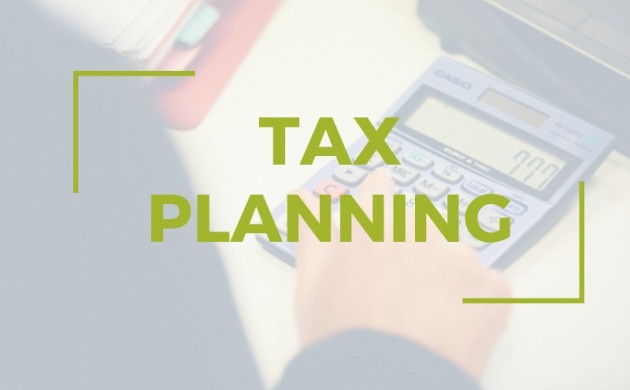Family Business - Extracting Profit
The start of the new tax year means that shareholders / directors may want to review the salary and dividend mix for 2019/20.
The £3,000 employment allowance continues to be available to set against the employers national insurance contribution (NIC) liability which means that where the company has not used this allowance it may be set against the employers NIC on directors’ salaries.
Thus, where the only employees are husband and wife there would generally be no PAYE or employers NIC on a salary up to the £12,500 personal allowance.
There would however still be employees NIC at 12% on the excess over £8,632 (£166 per week) which would be £464 on a £12,500 salary, leaving £12,036 net.
Eliglible for employment allowance:
I CAN CLAIM THE EMPLOYMENT ALLOWANCE
If you can, then the optimum salary level to take is £12,500 per annum (£1,041.67 per month). This will not attract any income tax but will incur some employees NI of around £464 per annum.
I CANNOT CLAIM THE EMPLOYMENT ALLOWANCE
If you are a sole Director with no employees, then the optimum salary level for you could be £8,580 per annum (£715 per month). This would leave £3,920 personal allowance left to take as dividends tax free, plus the £2,000 dividend allowance, meaning total dividends of £5,920 tax free dividends.
Please Note: At the above salary levels, obviously this does not meet the minimum wage rules. Therefore, the salary will have to be classed as earned from Director’s duties, and not contracted employment duties.
Taxation of Dividend Payments in 2019/20
Traditional advice would then be to extract any additional profits from the company in the form of dividends. Where dividends fall within the basic rate band (now £37,500) the rate continues to be 7.5% after the £2,000 dividend allowance has been used. Thus where husband and wife are 50:50 shareholders they would each pay £2,663 tax on dividends of £37,500 assuming they have no income other than a £12,500 salary, leaving £34,837 net of tax.
So a combination of £12,500 salary and £37,500 in dividends would result in £46,873 (93.7%) net of income tax and NICs.
Ensure dividend payments are legal
The Companies Act requires that companies may only pay dividends out of distributable profits. This means that in the absence of brought forward reserves the company would need to provide for 19% corporation tax in order to pay the dividends and thus there would need to be profits of £92,593 in order to pay dividends of £75,000 (after providing corporation tax of £17,593).
Overall the combination of salary and dividends suggested above would result in net of tax take home cash of £93,746 for the couple out of profits before salaries and corporation tax of £117,593 (20.3% overall tax). This still compares very favorably with the amount of tax and NIC payable if the couple were trading as a partnership.
Ensure you have the correct paperwork in place
There are key pieces of paperwork that must be produced every time a limited company declares a dividend – board meeting minutes and a dividend voucher for each shareholder.
Board meeting minutes:
A company must hold a board meeting to agree the dividend declaration and must record the meeting minutes in the company’s records.
Dividend voucher:
As well as company paperwork, directors must provide each shareholder with a dividend voucher. This can be paper or electronic and should clearly state:
- date
- company name
- name and address of shareholder
- total number of shares owned by the shareholder
- total dividend payable to the shareholder (for dividends 6th April 2016 onwards)
- Director’s signature
For more information about extracting profits, or other tax planning options, please do not hesitate to contact our Tax team.
Interested in finding out more? Contact:
Whilst every effort has been made by CavanaghKelly to ensure the accuracy of the information here, it cannot be guaranteed and neither CavanaghKelly nor any related entity shall have liability to any person who relies on the information herein. Information given here is for guidance only. Detailed professional advice should be taken before acting on any information contained herein. If having read the guidance here, you would like to discuss further; a member of our team would be pleased to help you.


